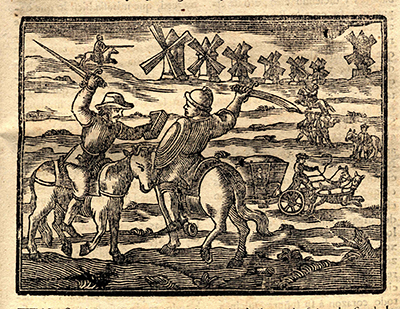One of the joys of being head of an institutional rare book collection is the opportunity to get away from the office and view private collections. Such viewings always lead to musings upon the importance of the books themselves, why people collect, the physical place of a book in any given space and any given moment in time, and more. Often the musings go somewhat astray as they did after I viewed a magnificent private library last week.
The library was comprised of primarily twentieth-century first editions of major authors although there was substantial representation of other major nineteenth-century American authors and notable nineteenth- and twentieth-century British and Irish authors. As I viewed the array of many of my favorite authors I would look to see if the author’s first book was among the collection: Robert Frost’s A Boy’s Will, first English edition, 1913 (it was there, though I did not look for or expect to find Frost’s 1894, extraordinarily rare, vanity edition called Twilight); Ernest Hemingway, In Our Time, first trade edition, 1925, Boni and Liveright (it was there). I checked for landmark books: James Joyce’s Ulysses, Paris, 1922 (it was there, in addition to the first British publication by the Egoist Press, also 1922); T. S. Eliot, The Waste Land published by Boni and Liveright, 1922 (it was there and I had moment to pause to consider the astounding literary prescience of the publisher Boni and Liveright).
I could not help but compare with our own holdings in the Rare Books and Manuscripts Library and the Charvat Collection of American Fiction. Yes, we had the 1913 A Boy’s Will, but not nearly in as good of condition as the private collector. We also had the 1925 In Our Time, but, again, not nearly in as good of condition. (A significant difference between institutional libraries and elite private libraries, for several reasons, tends to be condition.) Charvat does, however, have the private press editions of In Our Time, (Paris, Three Mountains Press, 1924, and, an abbreviated edition, titled Three Stories and Ten Poems, Dijon, 1923) both in very good condition. Our Ulysses (two first editions) compare very well. One copy in original wrappers has recently received treatment from Harry Campbell, Book and Paper Conservator for Special Collections. An interesting two volume edition of Ulysses in Rare Books is an item smuggled, due to censorship, into the country contained in the bindings for the putative volumes Alice in Wonderland by Lewis Carroll and The Little Minister by James M. Barrie. The private collector did not have such a copy.
We have three copies of the first edition of The Waste Land and they compare favorably with the copy I saw in the private library. But editions other than the first can have significance as well. For instance, Rare Books has a third printing of The Waste Land in good condition. It is a copy from the library of Francis Utley, Professor of English and Folklore at The Ohio State University from 1935 to 1973. Professor Utley’s copy is from a class he took as a graduate student from the renowned Harvard scholar and teacher, George Lyman Kittredge. The copy is replete with extensive notes from that class and offers the vicarious experience of sitting in on one of Professor Kittredge’s classes. Although Kittredge was primarily a medievalist, early modernist and folklorist (a love he passed on to Utley), he was undoubtedly attracted to the classical allusions and flood imagery that pervade The Waste Land, a modernist text.
This Ohio State connection to Kittredge caused me to ruminate further. Kittredge taught at Harvard from 1888 until his retirement in 1936. (Kittredge had a B.A. only. An apocryphal story still circulates that when asked why he didn’t have a Ph.D., Kittredge famously answered, “but who would examine me?” ) Francis Utley received his Ph.D. from Harvard in 1936, so he studied with Kittredge at the very end of his career. A colleague and friend Tim Lloyd, Executive Director of the American Folklore Society, who centers his scholarly activities at Ohio State, studied under Utley toward the end of his career. The scholarly careers of three individuals span from 1888 to 2012 (and continuing), 124 years. It hardly seems possible, but it is true, an historical fact that generated from a visit to a private library.








Recent Comments